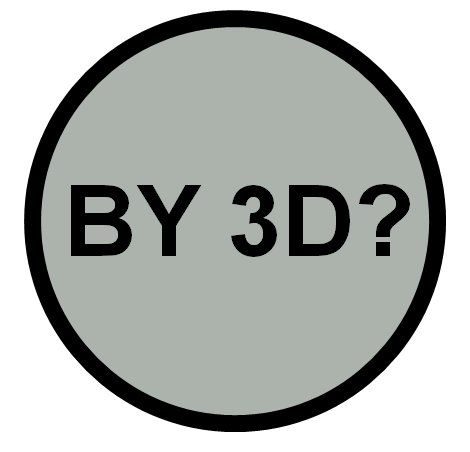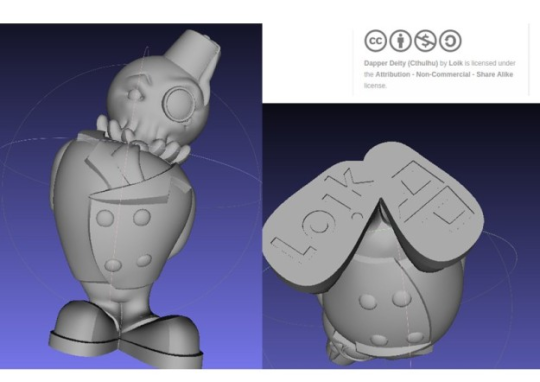This post originally appeared on the Shapeways blog.
Last month Creative Commons hosted a meeting with members of the 3D printing community to discuss how Creative Commons licenses can continue to work well with 3D printed products and files. Shapeways was thrilled to be included in the initial meeting and our hope is that this acts as a catalyst for a more impactful collaboration between 3D printing and Creative Commons.
The purpose of the initial meeting was for the community to gain a better understanding of how the Creative Commons licenses work with 3D printing today as well as identifying key areas for improvement moving forward. We have raised some questions about the dynamic between Creative Commons and 3D printing in the past, and part of the initial meeting was to revisit these topics with other groups.
While this was the first major Creative Commons and 3D printing meeting, we expect that it will not be the last. The discussion was wide ranging and freewheeling, and it is probably safe to say that there are a number of opportunities for collaboration going forward. This is an especially opportune time to begin the collaboration as Creative Commons is in the initial phase of a 5 year plan to reinforce and grow the Commons.
We will continue to discuss the collaboration as it evolves and the initial meeting was successful in helping us to flag a few key areas for focus. Through discussion, attendees were able to confirm the areas of concern that were generalizable beyond one or two parties. You can read Creative Commons’ debrief here. Two of those areas, a micro and a macro, deserve mention here.
Micro-Challenge: Attribution
The question of attribution presents a specific challenge in the context of 3D printing. It is a “micro” challenge in the sense that it is highly specific, but its impact can be widespread.

Fundamentally, the question is: what does it mean to give attribution in the 3D printing community (this was a large part of our earlier discussion about 3D printing and Creative Commons)? When someone uses a CC-BY license, what do they expect that attribution to look like?
This question actually breaks down into two parts: attribution in the file and attribution in the object.
The file attribution part may be the most straightforward. There are a number of new 3D printing file formats which are currently under development. Many of these formats include the ability to attach specific license information to files. With this capability, giving attribution may be as simple as adding (and maintaining) the correct metadata in a file. While there are a number of implementation challenges, file metadata does at least appear to be the place to focus on for file attribution. Building visibility for this feature among developers of new file formats goes a long way towards solving this problem.

Attribution in the object is less straightforward. Some 3D printed objects integrate the designer’s name directly into their surface, making attribution automatic. However, those cases are the minority. For other objects, what is the best way to give attribution? Thingiverse provides physical attribution tags, which can be great for displaying objects at trade shows or at galleries. However, they may not work in other contexts. For example, it is probably unrealistic to expect people to hang physical attribution tags from 3D printed bracelets or earrings. Developing a system on how to handle these types of situations will take time and collaboration.
Macro-Challenge: Applicability of Copyright-Based Licenses
You can expect to hear a lot more about this issue going forward. This concern is larger than 3D printing, although for various reasons 3D printing is an area that tends to throw it into stark relief. Briefly, Creative Commons licenses are based in copyright. However, unlike the photos, movies, songs, and stories that formed the original core of the Creative Commons, not all 3D printed objects are eligible for copyright protection (this paper takes a deeper dive into why that is and what it means). For those objects, the terms of the Creative Commons license are not enforceable.
The implications of this incompatibility are potentially far reaching, and the initial meeting was not the time to describe them all as other topics took precedent. Even explaining the problem can be complicated, and one thing that we will be working on going forward are more and better ways to communicate this challenge to the community.
Keep an eye out for more to come soon. For now, we are excited to be developing a community of stakeholders who will drive the collaboration with Creative Commons to bring you the most valuable information. We will continue to keep you up to date on these efforts and plan to invite community participation as these efforts expand. Until then, please comment with any questions or concerns.